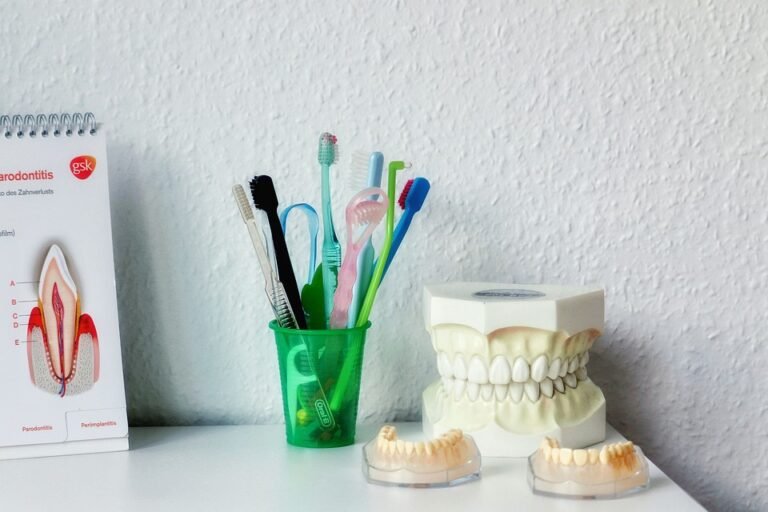How can I choose the right color profile for my camera and editing software
Okay, so I’m really confused about color profiles. I’m shooting mostly landscapes and some portraits, and I want to make sure my colors are accurate from the moment I take the picture all the way through to when I print them or post them online.
Specifically, I’m shooting with a Canon EOS R6 and I use Adobe Lightroom Classic and Photoshop for editing. I’ve heard terms like sRGB, Adobe RGB, ProPhoto RGB thrown around, and honestly, it’s like a different language!
My main concerns are:
* What color profile should I set my camera to? Should it be different depending on if I’m shooting landscapes vs. portraits?
* What color settings should I be using in Lightroom and Photoshop? Is there a “best” one?
* If I’m posting photos to Instagram and Facebook, will my colors look weird if I use the “wrong” profile?
* Will printing labs be able to handle different color profiles, or am I limited to sRGB for printing?
I just want to get the best possible image quality and accurate colors without ending up with muddy or oversaturated results. Any guidance would be greatly appreciated!
Answer
Choosing the right color profile for your camera and editing software is crucial for accurate and consistent color reproduction throughout your photography workflow. It ensures that the colors you capture in-camera are faithfully represented on your monitor and in your final output. Here’s a detailed guide to understanding color profiles and selecting the appropriate ones:
Understanding Color Profiles (ICC Profiles)
An ICC profile (International Color Consortium profile) is a data file that characterizes the color space of a device, such as a camera, monitor, or printer. It acts as a translator, defining the specific range of colors a device can produce and how those colors should be interpreted. It maps the device’s color data to a standardized color space, allowing different devices to communicate color information accurately.
Key Color Spaces to Know
-
sRGB (Standard Red Green Blue): This is the most common color space, designed for the web and general use. It has a smaller color gamut (range of colors) than other profiles, making it suitable for display on most monitors and for sharing images online. It’s generally a safe choice if you are unsure or primarily share your work online.
-
Adobe RGB (1998): This color space has a wider color gamut than sRGB, particularly in greens and cyans. It allows you to capture and retain more color information, which can be beneficial for printing and professional editing. However, if images in Adobe RGB are viewed on a monitor that is not calibrated for it, or without color management, colors may appear muted or inaccurate.
-
ProPhoto RGB: This is the color space with the largest gamut, encompassing almost all colors visible to the human eye. It’s primarily used for archival purposes or extensive editing because it can handle very subtle color gradations. However, it contains colors that cannot be displayed on most monitors or reproduced in print, so it’s usually converted to a smaller color space like Adobe RGB or sRGB for final output.
- Camera-Specific Profiles: Some camera manufacturers provide custom ICC profiles specific to their camera models. These profiles are generated by profiling the camera under controlled lighting conditions and can potentially provide more accurate color representation than generic profiles.
Choosing the Right Color Profile for Your Camera
The color profile setting on your camera determines how the camera interprets and records color information in your images. The choice depends on your intended use and post-processing workflow:
-
Shooting JPEG: If you are shooting in JPEG format, the camera directly processes and compresses the image. The selected color profile is embedded in the JPEG file.
- sRGB: This is generally recommended for JPEG shooting, especially if you primarily share images online or print at consumer labs. Most web browsers and printers are designed to work with sRGB, ensuring consistent results.
- Adobe RGB: If you plan to do extensive post-processing or print professionally, you might consider Adobe RGB. However, if you forget to convert the image to sRGB before sharing online, the colors may appear dull. Note that shooting JPEG in Adobe RGB can be risky, as the file is compressed. If you perform extensive edits on a compressed file, the image quality can deteriorate more quickly.
- Shooting RAW: When shooting in RAW format, the camera captures unprocessed data from the sensor. The color profile setting in your camera has no direct effect on the RAW file itself. The color profile is only applied when you open and process the RAW file in your editing software. The RAW file contains all the data, and you have complete control over color space conversion during post-processing.
Choosing the Right Color Profile for Your Editing Software
Your editing software allows you to assign, convert, and manage color profiles during post-processing. This is where you have the most control over color accuracy.
-
RAW Processing (e.g., Adobe Camera Raw, Capture One):
- Workflow: When opening a RAW file, your editing software will typically assign a default color profile. Many programs default to their own wide-gamut color space. You can change this setting. The key is to work in a larger color space during editing to avoid clipping (loss of color information).
- ProPhoto RGB: If you’re aiming for maximum flexibility and minimal color clipping during extensive editing, ProPhoto RGB can be a good choice. However, be mindful of its limitations for display and printing.
- Adobe RGB: A good compromise between color gamut and compatibility. Allows for more color detail than sRGB.
-
Image Editing (e.g., Photoshop):
- Working Space: Set your Photoshop working space (Edit > Color Settings) to the color space you want to use for editing. Adobe RGB is a common choice for its wider gamut.
- Color Management Policies: Pay attention to the Color Management Policies. Options include "Preserve Embedded Profiles," "Convert to Working Space," and "Off." The "Preserve Embedded Profiles" option is often the safest. "Convert to Working Space" can be useful for standardizing color spaces, but be careful not to accidentally convert to a smaller color space too early.
- Assign Profile vs. Convert to Profile: "Assign Profile" changes the interpretation of the color data without changing the numerical values. "Convert to Profile" transforms the color values to match the target color space, potentially altering the appearance of the image. Use "Assign Profile" when the embedded profile is incorrect. Use "Convert to Profile" when you need to change the image to a different color space (e.g., from Adobe RGB to sRGB for web use).
-
Output/Export:
- sRGB: Always convert to sRGB when exporting images for web use, email, or general viewing on uncalibrated monitors. This ensures the most consistent results across different devices.
- Adobe RGB: If you are sending images to a professional printer, ask them what color space they prefer. They may prefer Adobe RGB or a custom profile.
- Print: For printing, it’s ideal to use a custom ICC profile created for your specific printer and paper combination. These profiles can be obtained from the printer manufacturer or generated using a colorimeter and profiling software.
Monitor Calibration
No matter which color space you select, calibrating your monitor is critical. Monitor calibration involves using a hardware device (colorimeter or spectrophotometer) to measure the color output of your monitor and create a custom ICC profile. This profile corrects color inaccuracies and ensures that your monitor displays colors accurately. Without a calibrated monitor, you cannot reliably judge colors in your images, regardless of the color profiles you use. Regular calibration (every few weeks or months) is recommended, as monitor color output can drift over time.
Workflow Summary
- Shoot RAW: Always shoot in RAW format to retain maximum color information.
- Initial Processing: Open your RAW files in your RAW processor and perform initial adjustments. Consider using a wide-gamut color space like ProPhoto RGB or Adobe RGB during this stage.
- Detailed Editing: Perform detailed editing in Photoshop or other image editing software, using a color space like Adobe RGB.
- Soft Proofing: Before printing, use the "Soft Proofing" feature in Photoshop to simulate how your image will look when printed using a specific printer profile. This allows you to make adjustments to optimize the image for printing.
- Convert for Output: Convert the image to sRGB for web use. If printing professionally, follow your printer’s instructions regarding color space. Embed the color profile in the final image file.
Example Scenario:
You are a photographer who wants to share photos online and also print them for clients.
- Camera Settings: Shoot in RAW format, ignoring the color profile setting on the camera.
- Initial Editing (Lightroom/Camera Raw): Edit the RAW files in Adobe Lightroom or Camera Raw, with ProPhoto RGB or Adobe RGB set as the editing color space.
- Detailed Editing (Photoshop): If necessary, open the images in Photoshop for more detailed editing, keeping the working space as Adobe RGB.
- Web Output: When exporting for the web, convert the image to sRGB and resize it appropriately.
- Print Output: For prints, contact the professional printing lab to determine their preferred color space. It will likely be Adobe RGB or they might provide a custom ICC profile for their printers. Convert the image to the printer’s preferred color space and send it to the lab.
By understanding color profiles and following a consistent workflow, you can ensure accurate and predictable color reproduction from capture to output, resulting in high-quality images that accurately reflect your creative vision.




